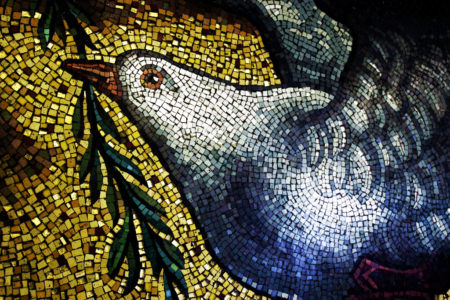
This article was originally published by the IPI Global Observatory on 19 September 2016.
Last year was a banner one for progress on multilateral norms, with adoptions of the Paris climate change agreement, the Sustainable Development Goals (SDGs), and “sustaining peace” resolutions by United Nations member states. It was also a notable year for a different multilateral genre: UN reform proposals. Comprehensive plans were developed by the Independent Commission on Multilateralism and the Commission on Global Security, Justice and Governance; and three blockbuster reviews of UN peace operations and architecture were completed—the High-Level Independent Panel on UN Peace Operations (HIPPO), the Advisory Group of Experts on Peacebuilding, and the UN Global Study on Women, Peace and Security. The bottom line was clear: dramatic changes are imperative in UN headquarters and the field if the world organization is to respond to the 21st century’s complex threats.
The stage was set for 2016, only the second time—the first was in 1996—that the campaigns for the United States president and the UN secretary-general would run in parallel. Both have been protracted. As the race to become the ninth secretary-general heats up, it is important to remember an essential consideration: on January 1, 2017, a “honeymoon” begins. The position still may be what the first secretary-general Trygve Lie called “the most impossible job in the world,” but the post-Cold War era has provided its holders with more possibilities for institutional housecleaning. And history provides lessons for 2016’s successful candidate. Many recall Lie’s successor Dag Hammarskjöld’s first year as an unparalleled struggle for institutional reform, but Cold War secretaries-general were less able quickly to shake up the world organization’s machinery than their post-Cold War counterparts.
